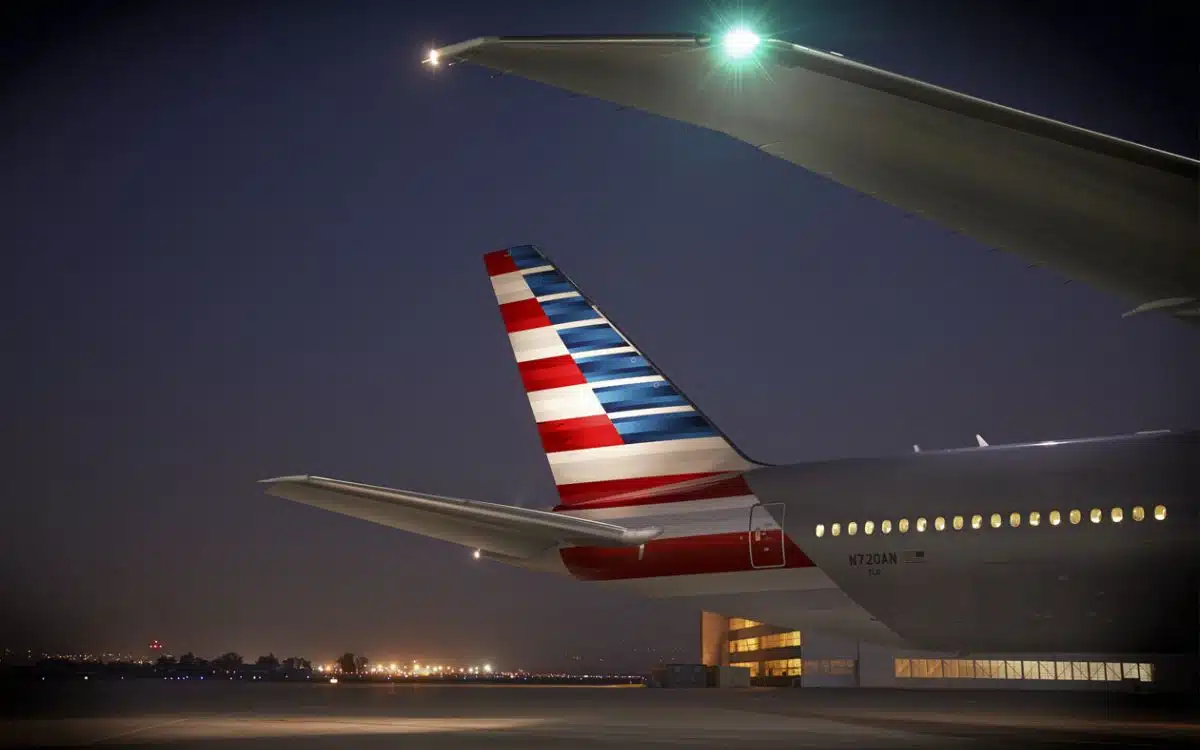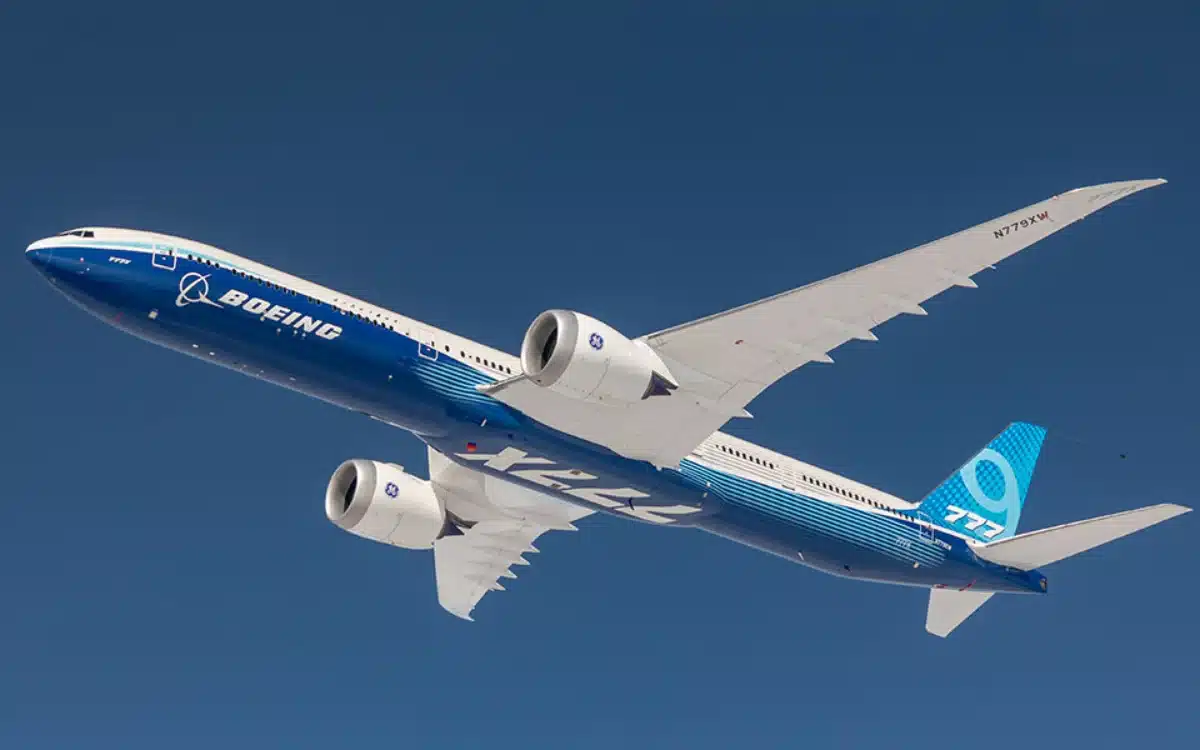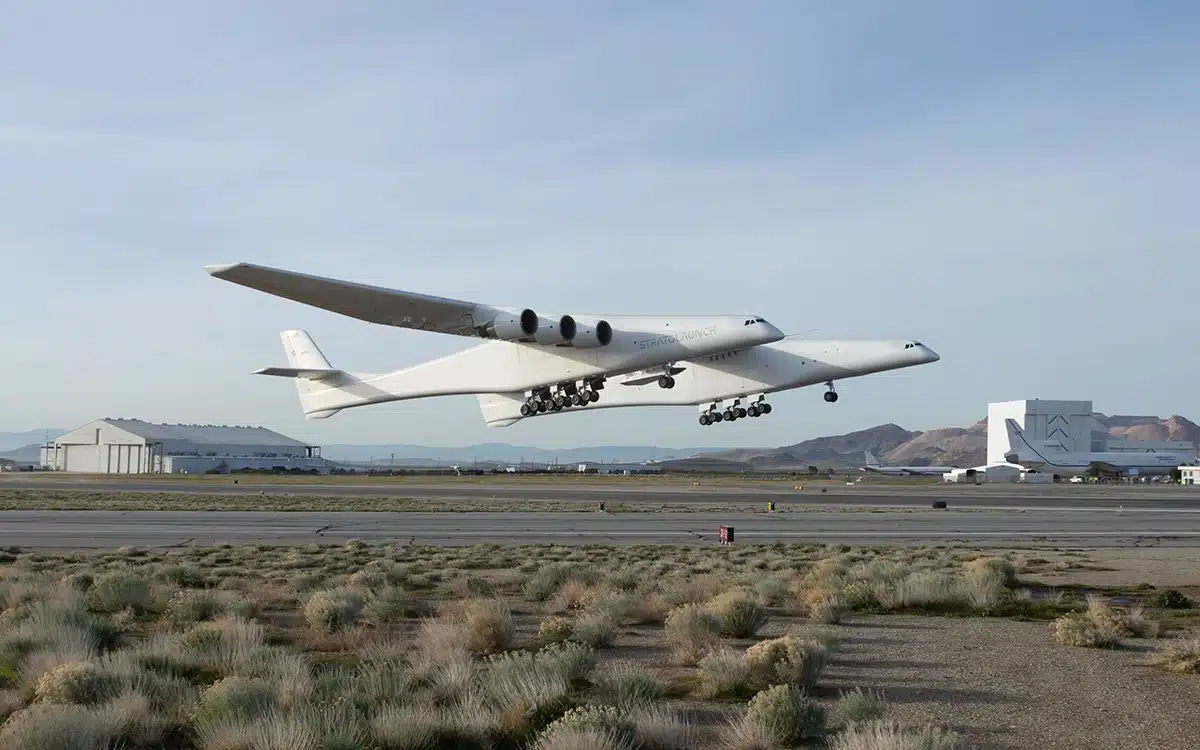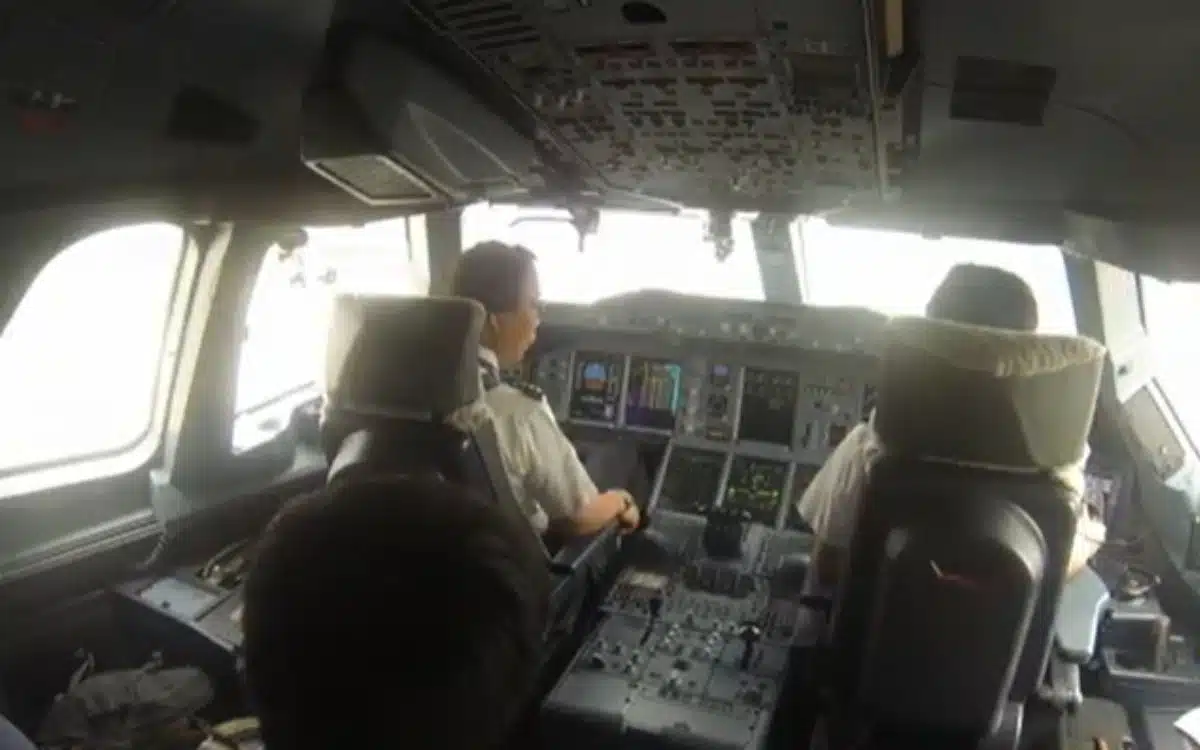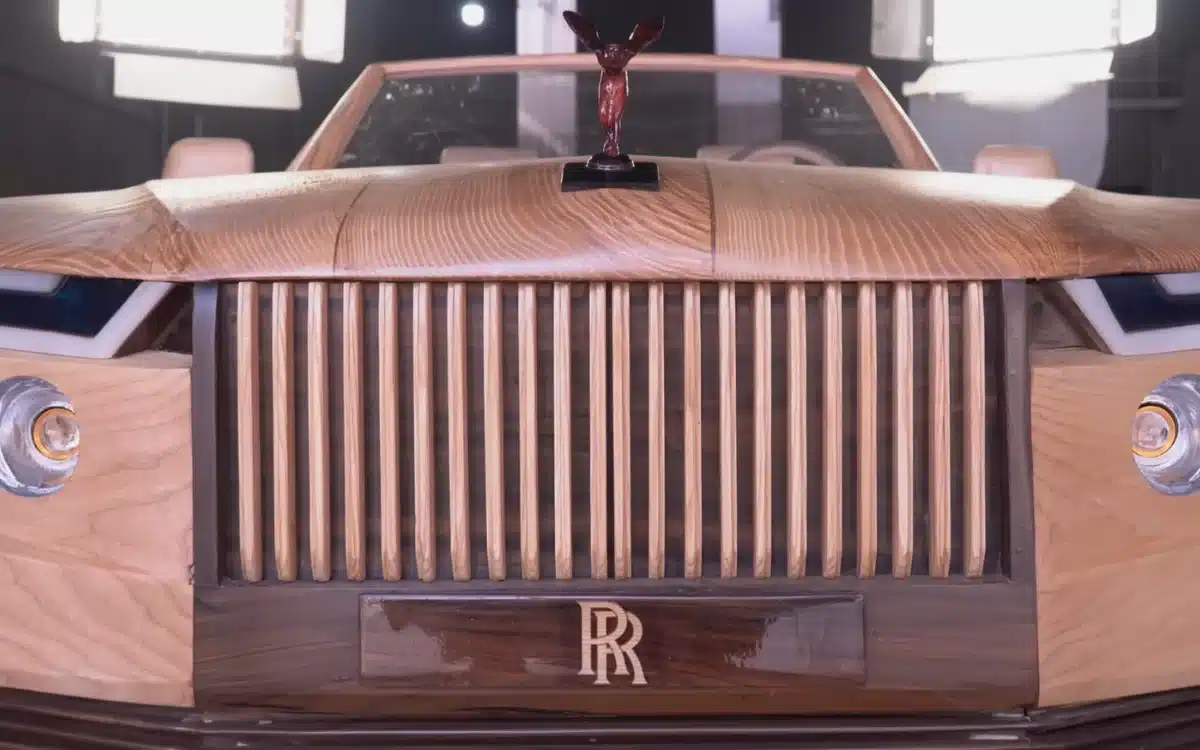Rare images show the Boeing supersonic airliner that became a white elephant
- The Boeing 2707 was the US government’s ambitious attempt to rival Concorde’s supersonic capabilities
- Built from stainless steel and titanium, the plane was set to make supersonic flight affordable
- However, several factors led to the project’s downfall.
Published on May 20, 2024 at 6:44 PM (UTC+4)
by Andie Reeves
Last updated on May 31, 2024 at 7:34 PM (UTC+4)
Edited by
Tom Wood
Concorde is the first name that comes to mind when the subject of supersonic flight is mentioned, but Boeing also came close.
Photographs have emerged of Boeing’s plans for a supersonic airliner.
The project had plenty of financial backing as well as the president’s support.
But, the same issues that contributed to the downfall of Concorde prevented the airliner from ever taking off.
READ MORE: Revolutionary hypersonic passenger jet ‘Halcyon’ will go five times over speed of sound
The Boeing 2707 was inspired by Concorde, the epitome of glamour, novelty, and speed for 27 years.
Concorde was a collaboration between Britain and France, and the United States decided it needed its own supersonic jet too.
In 1963, John F Kennedy’s government called for tenders to build a bigger and better Concorde.
Boeing won the contract for its revolutionary ‘swing-wing’ design, where the wings could swing or pivot during flight to optimize performance.
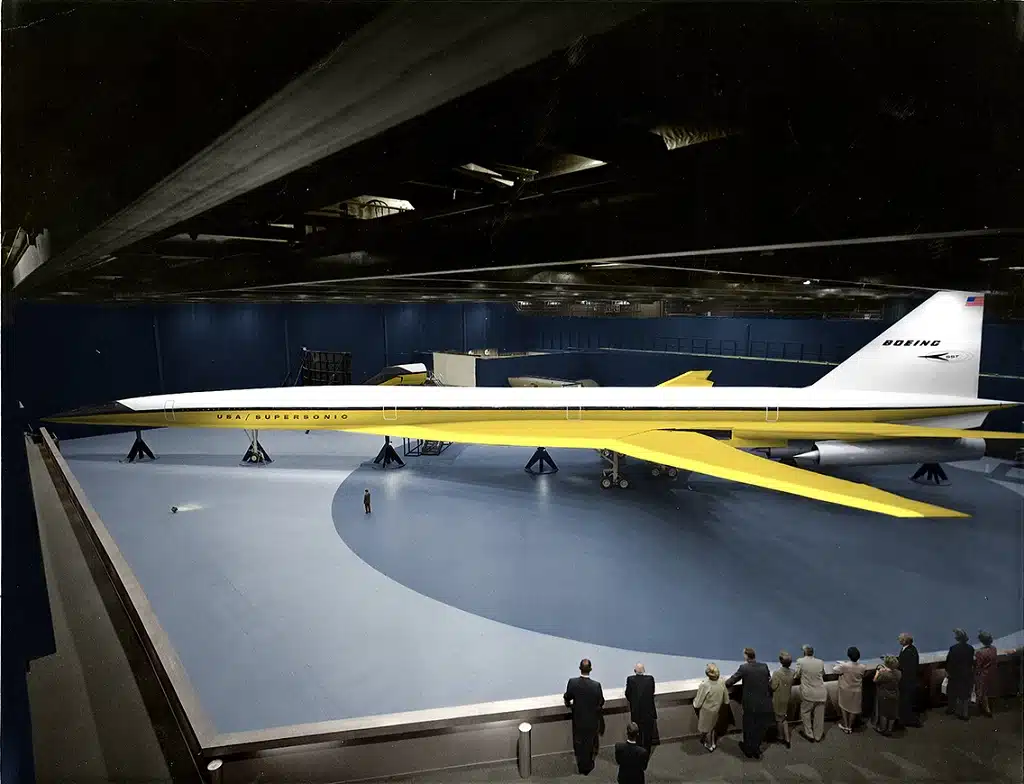
The aerospace manufacturer also claimed that it would be able to make seats on this supersonic plane cheaper than those on its popular 707.
That was certainly an alluring claim, considering how expensive a Concorde ticket was.
Boeing was instructed to build two prototypes over four years, costing $1.44 billion in 1967, which is $35 billion today.
The design was risky, and ultimately, would not pay off.
It slowly became clear that the mechanism of the swing-wing meant the aircraft could carry virtually no payload.
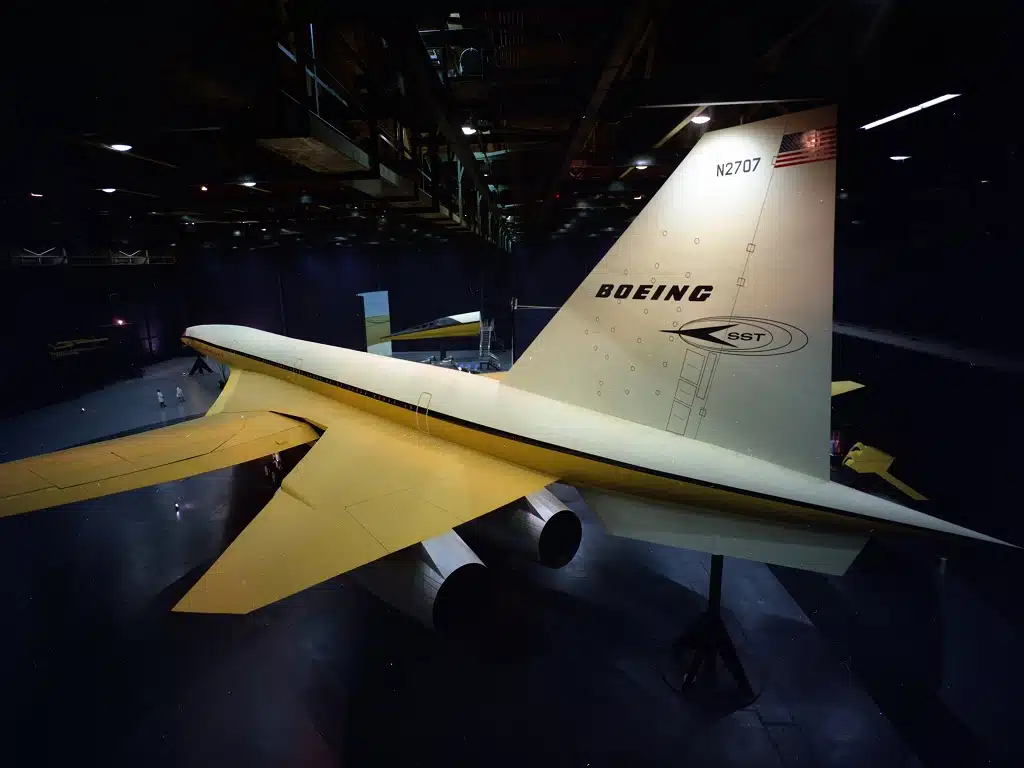
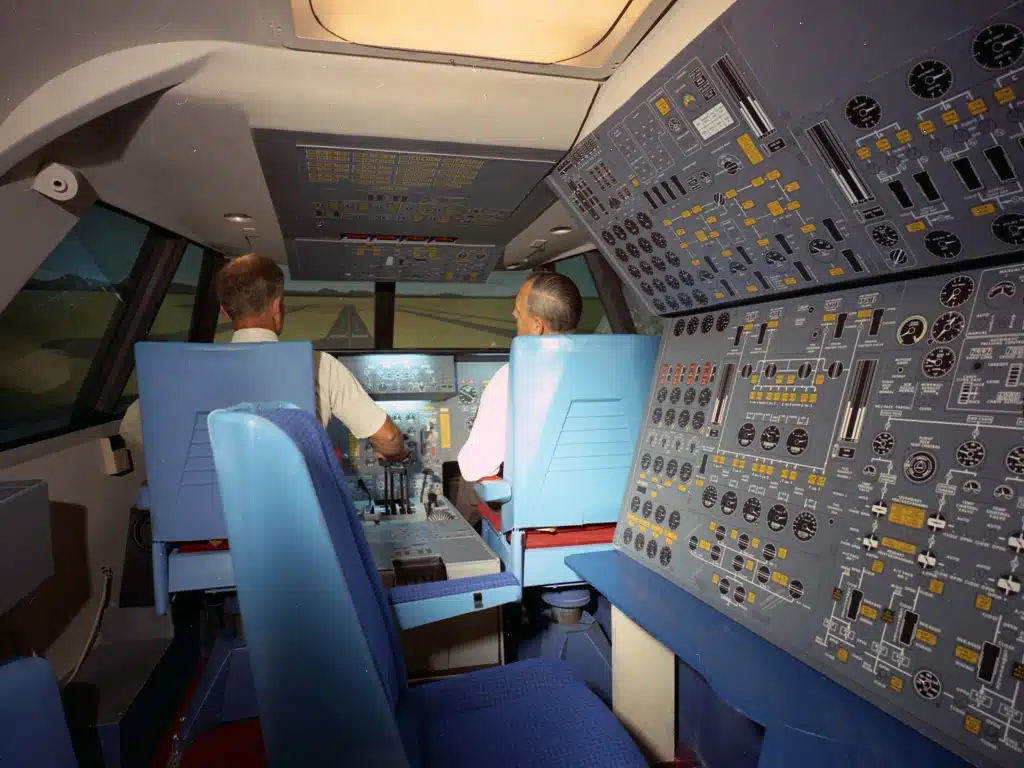
The designers were aiming for the B2707 to reach speeds of Mach 2.7.
This meant it needed to be crafted from stainless steel and titanium, which were not easy to work with at the time.
Eventually, the team gave in and opted for a fixed delta-wing design, much like Concorde’s.
But as the prototype started to take shape, so too did the realization of just how much the B2707 was going to cost, both to build and to operate.
Another concern was the sonic boom, which occurs when a supersonic aircraft exceeds the speed of sound.
This limits where supersonic planes can fly because of the intense disruption this boom causes.
During the time of the B2707’s conception, growing concerns for the environment were emerging.
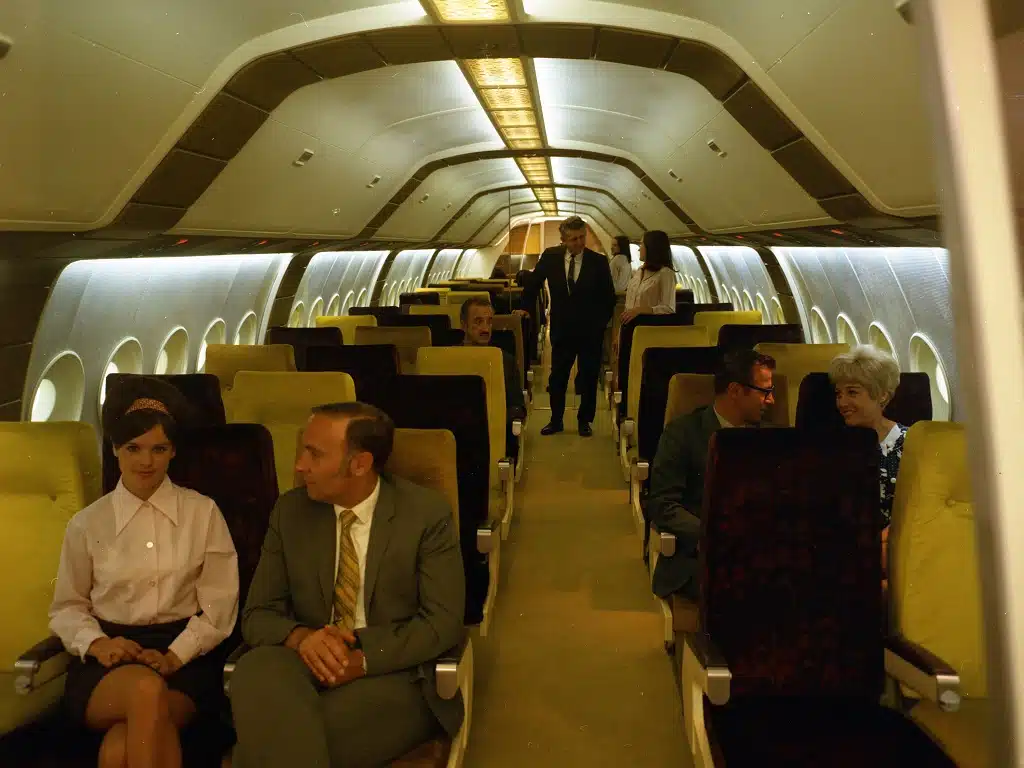
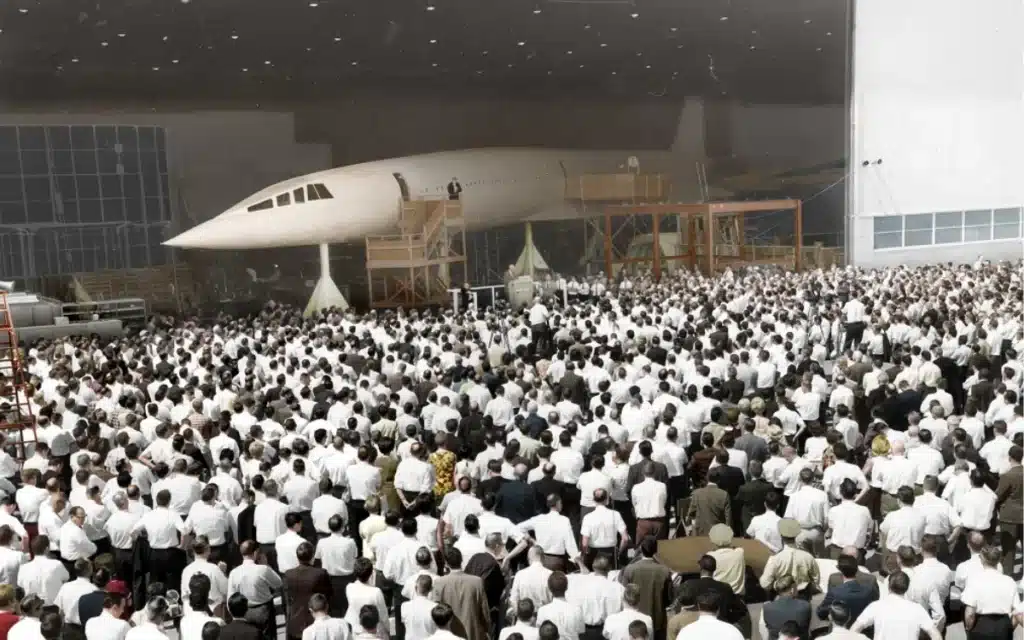
Ultimately, the government decided to scrap the supersonic plane, citing rising costs, technical challenges, and environmental concerns as the reasons.
This marks one of the first major instances where environmental concerns halted such a large project.
Now, 50 years later, Lockheed Martin Skunk Works is at the supersonic drawing board with NASA.
The company is leading one of the teams working on NASA’s X-59, a supersonic jet that will break the sound barrier silently.
# Tags - Airplanes

Andie Reeves
Andie is a content writer from South Africa with a background in broadcasting and journalism. Starting her career in the glossy pages of Cosmopolitan and Marie Claire, Andie has a broad portfolio, covering everything from sustainability solutions to celebrity car collections. When not at her laptop Andie can be found sewing, recording her podcast, taking board games too seriously or road-tripping in her bright green Kia.
